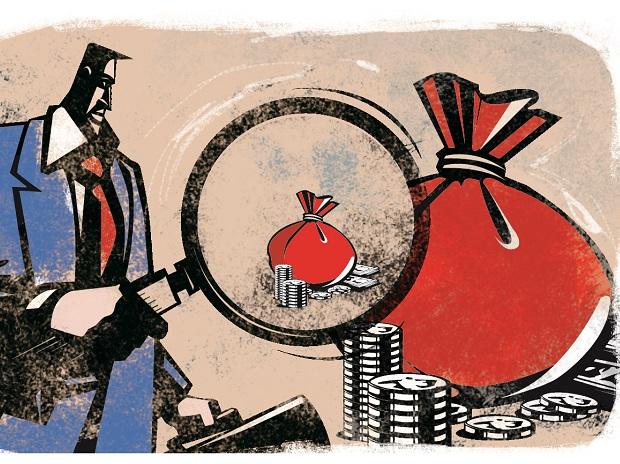The dire state of hospitality can be attributed to its heavy reliance on the aviation, tourism and travel industry making recovery agonizingly difficult during such turbulent times.
The enormity of destruction caused by the COVID-19 pandemic appears minimal in comparison to the havoc wreaked by events like 9/11 and the ‘Great recession of 2008’. The COVID-led lockdown has disrupted supply chains, shut shop for many businesses and led to mass unemployment. To further aggravate matters, flight cancellations, vacant hotel rooms, and deserted restaurants, the pandemic has taken a toll on the hospitality industry. The dire state of hospitality can be attributed to its heavy reliance on the aviation, tourism and travel industry making recovery agonizingly difficult during such turbulent times. The industry is staring at plummeting revenues and gasping for survival with travel and tourism coming to a screeching halt on account of the COVID-led lockdown and locals hesitant to venture out of their homes.
In the government’s endeavor to save the ailing industry, it announced the reopening of the country giving hope for a gradual improvement. However, the ascent is subject to the industry’s malleability to embrace state-mandated guidelines – psychologically and monetarily. In a country where alternate accommodation like Guest Houses and unbranded budget hotels constitutes 95% of the hotel industry, implementation of these guidelines may pose a grave challenge. Moreover, luxury hotels with stronger intrinsic value and revenue flows may see a steep rise in maintenance costs and lesser customers willing to pay high accommodation costs in times of austere living.
On the other hand, the Finance Ministry’s economic package thwarted hopes of infusing liquidity into the ailing sector, thus making the existence and revival of hoteliers challenging across heritage, leisure, adventure, and niche verticals. The unfortunate interdependence of the industry on the health of the aviation, hospitality and tourism sectors across the world leaves hoteliers starved for relaxations from the government. However, in anticipation of a domino effect on loan defaults in the industry, the Finance Ministry in conjoined efforts with Regulators and the Reserve Bank of India (RBI), introduced numerous measures for the maintenance of equilibrium between the market forces of demand and supply during the pandemic.
With the widespread prevalence of the COVID-19 pandemic, they are increasingly recognizing that the rebuilding phase offers a unique opportunity to encourage action on the agenda of survival until the COVID-19 dust settles. The nature of the crisis has revealed basic vulnerabilities around the world, most importantly those surrounding borrowers from the hospitality, airline and tourism industry. In the same vein, the Finance Ministry directed Banks to roll out a loan resolution framework with the Loan Moratorium period ending on August 31st and the festive season around the corner. In doing so, the Supreme Court directed that charging interest on deferred EMI payments under the moratorium scheme during the COVID-19 pandemic would amount to paying interest on interest which is against “the basic canons of finance” and unfair to those who repaid loans as per schedule.
RBI’s move strikes a balance between safeguarding the economic value of viable businesses whilst protecting the interest of depositors. Particularly, the relief may include “rescheduling of payments, conversion of any interest accrued, or to be accrued, into another credit facility, or, granting of the moratorium, based on an assessment of income streams of the borrower, subject to a maximum of two years”; however the exact contours of the resolution plan have not been clearly laid out and remain undecided.
Further, the resolution plans to be implemented under the framework may include conversion of any interest accrued, or to be accrued, into another credit facility, or granting of moratorium and/ or rescheduling of repayments, based on an assessment of income streams of the borrower, up to two years. However, on the corporate side, substantial amounts of clean-up, resolution and deleveraging have already taken place in the past, so it is unlikely that the demand for restructuring may subsist. This move may provide a necessary cushion as businesses on the verge of a shutdown are likely to consider one-time credit rebuilding. This way, the rebuilding of real instances of non-performing credits is of great importance, as it unclogs the framework and makes room for survival and growth. However, a tangible position would unearth only when the moratorium ends.
Thus, it goes without saying that the slew of measures announced by the RBI and government to alleviate liquidity woes of financial institutions, may have a lesser impact in the short term, but a one-time credit rebuilding framework is an option many businesses may consider adopting to ensure that it stays competitive and progressive. It goes without saying that a resumption of economic activity is essential, but the vigil on the virus must remain and in doing so Indians are likely to witness decades of unprecedented transformation in near future. #livehyd #LiveHyd
(About the author: Sonam Chandwani is the Managing Partner at KS Legal & associates and heads the firm’s Corporate Litigation Practice.)







